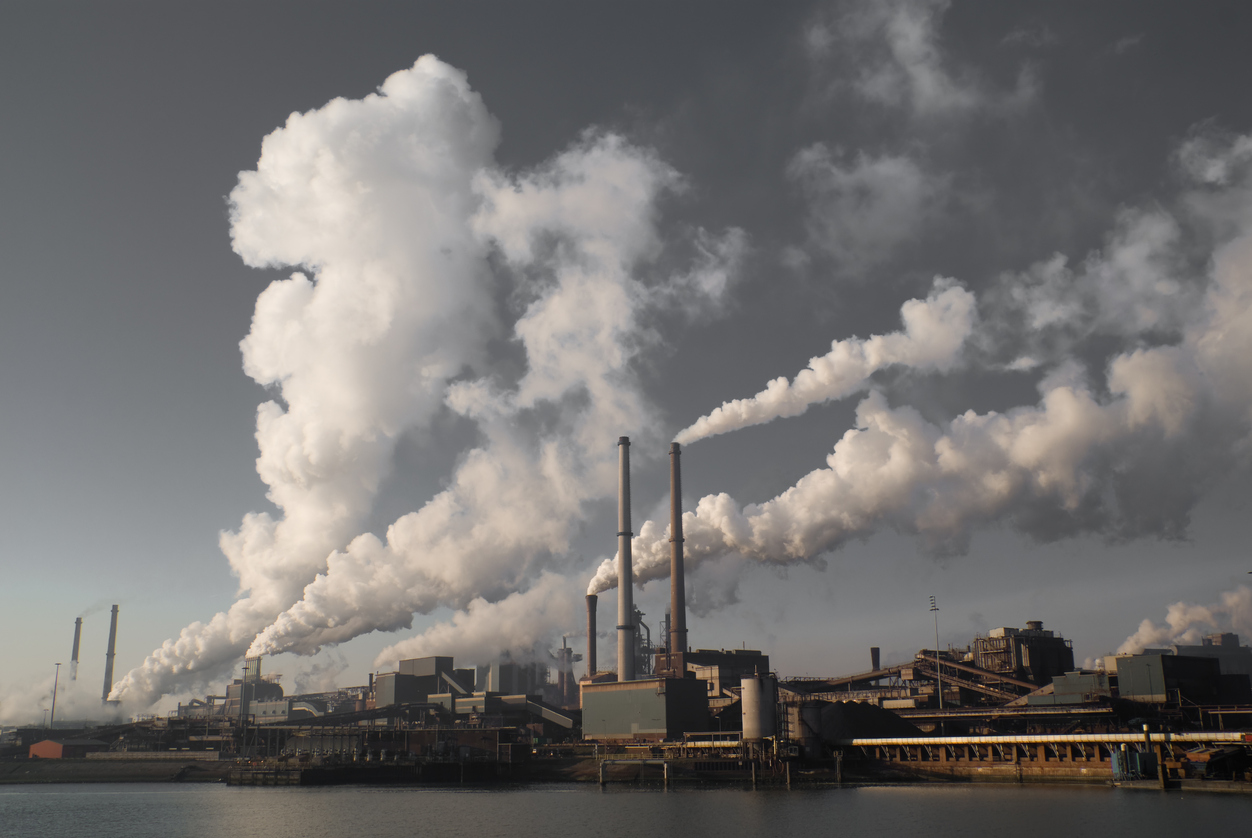
Anti-pollution laws have become increasingly stringent in many countries as environmental consciousness has spread and initiatives such as the Paris Climate Agreement have picked up momentum. These developments emphasize how important it is for businesses to have pollution liability insurance (PLI).
Settling pollution claims can be quite costly, especially when they involve several complainants. In 2017, DuPont and its spin-off firm, Chemours, settled no less than 3,550 personal injury claims arising from pollution. The total cost of the settlements was a whopping $671 million.
In 2018, the industrial conglomerate 3M Co. also settled a Minnesota lawsuit over polluted groundwater for $850 million. At present, the company still has at least 24 similar pollution lawsuits across the U.S.
Who needs PLI coverage?
These pollution claim settlements show how useful a pollution liability insurance policy can be as a risk management tool. Furthermore, it can be just as valuable for businesses that are considerably smaller than DuPont and 3M.
PLI coverage is useful for any business engaged in environmentally sensitive processes and operations regardless of their size and scope. These typically include companies that frequently use hazardous or toxic materials. In addition, there are many other scenarios in which PLI coverage can be beneficial, even for businesses without immediately apparent risk exposures.
Construction projects most vulnerable
Contractors and other businesses involved in construction projects are among the most vulnerable to pollution claims. In these industries, there is always a risk of facing lawsuits during any stage of a given project, especially if the company’s activities adversely affect the environment.
When a company gets PLI, coverage may be applied to the various pollution risks that could occur during the different phases of a project. Below are potential risks wherein insurance coverage can be beneficial:
- Operational risk exposures associated with construction services provided, such as paving or grading. These risks usually include:
- Dispersion of undetected pre-existing contaminated soil during excavation
- Disturbance of naturally occurring asbestos
- Chemical or fuel spills during transport
- Improper line hook-ups in completed operations
- The release of mold or bacteria due to maintenance or HVAC maintenance errors
- Drilling or excavations that impact wetlands or surface water
- Risk exposures in owned premises, such as:
- Aboveground or underground leaks of storage tanks
- Pre-existing and undetected contamination from previous site owners
- Contamination due to spills of fuels, oils, lubricants, etc.
- Typical transport risks resulting from moving hazardous or remediated materials to a disposal area from the project site. These exposures include:
- Spills occurring en route to an offsite depository
- Leaks from externally mounted fuel tanks
- Spills resulting from vehicular collisions
- Pollution resulting from vandalism
Disposal exposures wherein such risks commonly occur, such as:
- Improper product disposal
- Mishandling of unknown contaminated fill during delivery
- Liability for past disposal practices retroactive under Superfund
- Signing a hazardous waste manifest document as the owner’s agent
Other PLI coverages
Apart from construction firms, companies involved in manufacturing and energy production often have environmental risks that require pollution liability insurance. Like companies in the construction sector, these industries are frequently exposed to liability risks related to pollution from hazardous spills or discharges.
By obtaining PLI, these businesses will have the necessary coverage for the following:
- Pollution mitigation and clean up
- Processing of legal claims, which may include attorney fees and judgment costs
- Payment of regulatory penalties
Even businesses that have less exposure to environmentally risky operations such as those mentioned above may have a need for PLI. For example, businesses that regularly contract their services to other companies or state or federal agencies often have to show proof of pollution liability insurance when bidding for specific projects.
Even business operators engaged in industries that have minimal or no environmental hazards should consider the benefits of obtaining pollution risk insurance when buying a property. There have been many cases wherein hazardous waste or pollutants left by the previous owner of the property caused a serious problem. These have often led to costly legal proceedings or clean-up jobs. In these cases, pollution liability insurance could have protected the new owners of the property.
Seeking pollution liability insurance coverage should always be part of the risk management strategy of any business. This specialized insurance product can be used in conjunction with other liability policies, thereby providing blanket protection to the owners’ business assets.
About Arroyo Insurance Services
Arroyo Insurance Services was officially established in 1986 but has roots dating back to 1950. Arroyo is one of California’s leading client-oriented and independently owned agencies. Arroyo has more than 140 employees with a combined experience of over 450 years, in 11 locations. Arroyo Insurance Services are committed to providing the best insurance and risk management services at the most competitive premiums and backing it with hands-on service tailored to our customers’ needs. For more information on how we can mitigate your risks, contact us today at (877) 220-4769.




